#Avenches Roman Amphitheatre
Text


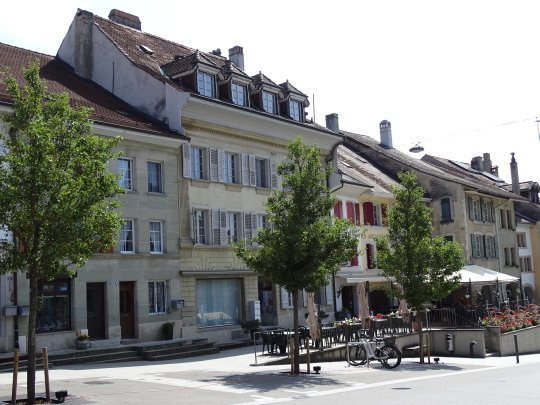




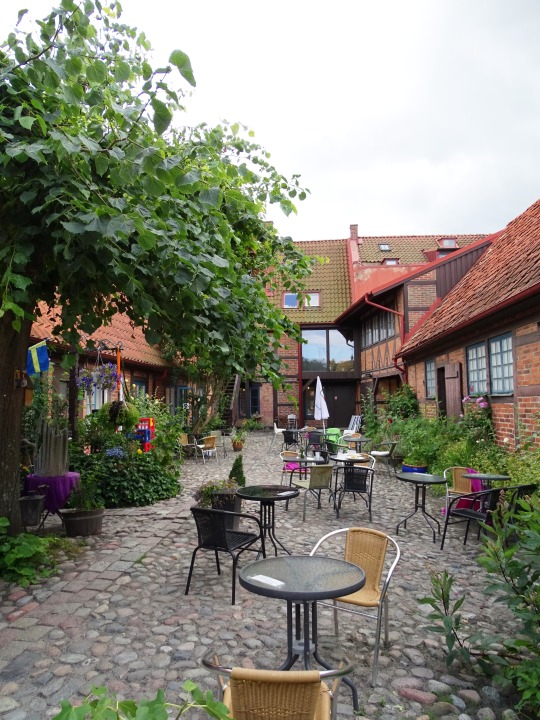
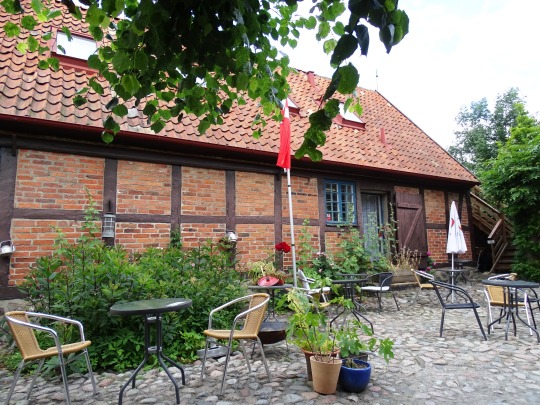
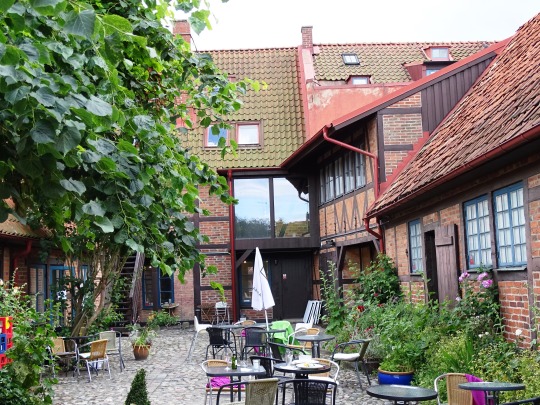
Benches/Chairs (No. 23)
Avenches, CH (six pics)
Trelleborg, S
Ystad, S (three pics)
#Avenches Roman Amphitheatre#Avenches#Vaud#Waadt#Switzerland#Schweiz#Suisse#travel#original photography#vacation#tourist attraction#cityscape#landmark#architecture#summer 2021#nature#flora#tree#Europe#Trelleborg#Sweden#interior#exterior#Scandinavia#Sverige#Ystad#street scene#2020
9 notes
·
View notes
Text
Liked: A lioness from a mosaic at the #Roman amphitheatre in Avenches #Aventicum #Switzerland for #WorldLionDay https://t.co/tI9aVSOeqy
A lioness from a mosaic at the #Roman amphitheatre in Avenches #Aventicum #Switzerland for #WorldLionDay https://t.co/tI9aVSOeqy
A lioness from a mosaic at the #Roman amphitheatre in Avenches #Aventicum #Switzerland for #WorldLionDay pic.twitter.com/tI9aVSOeqy
— Catherine Polley (@artcath) August 10, 2019
from http://twitter.com/artcath
http://twitter.com/artcath/status/1160149018313465857
0 notes
Photo
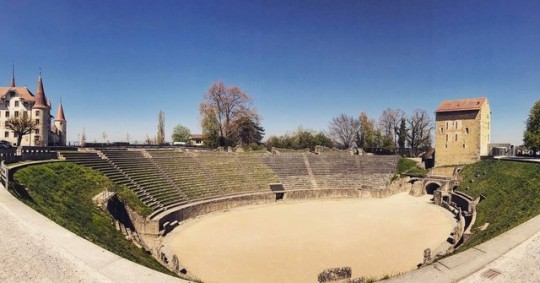
Aventicum! It's crazy to think that 2000 years earlier from where I was standing, Roman Gladiatorial Games were taking place. #historygeek #history #ancientrome #romans #gladiators #amphitheatre #gladiatorialgames #switzerland #avenches #aventicum #archeology #ruins @avenchestourisme @ancientrome_ @history.archeology @history (at Avenches, Switzerland)
#amphitheatre#historygeek#history#archeology#ruins#aventicum#ancientrome#switzerland#gladiators#romans#gladiatorialgames#avenches
0 notes
Text








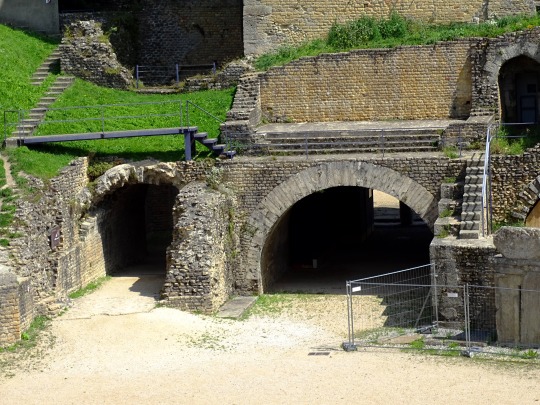

Avenches Amphitheatre (No. 1)
The Avenches Amphitheatre was built in the Roman town of Aventicum in Germania Superior (now Avenches in Switzerland).
It was erected around the year 130 but was enlarged and remodelled about 30 years later to bring its appearance closer to that of the great monumental amphitheatres of the Roman Empire. Partially dismantled in the 1990th century to extract lime from its limestone, its structure was used in the Middle Ages to support buildings. It was restored and rehabilitated in the 1990s, and is used as a setting for cultural events.
Source: Wikipedia
#Avenches Amphitheatre#Avenches Roman Amphitheatre#Arènes d'Avenches#L’évêque Tower#tower of the bishop#Suisse#Schweiz#Switzerland#Vaud#Waadt#summer 2021#travel#original photography#vacation#tourist attraction#landmark#architecture#Broye-Vully#viillage#French part#landscape#countryside#Europe#flora#tree#stairs#arch#flower#Aventicum
19 notes
·
View notes
Text
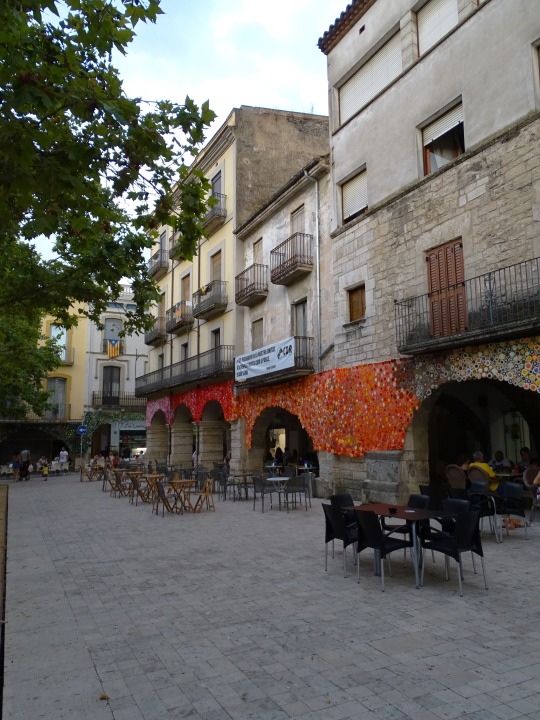





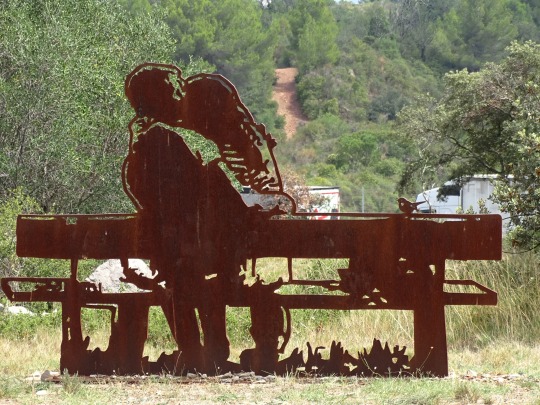



Benches/Chairs (No. 22)
Banyoles, E (six pics)
Fitou, F
Camaret-sur-Aigues, F
Avenches, CH (two pics)
#Banyoles#travel#original photography#vacation#tourist attraction#cityscape#landmark#architecture#summer 2021#nature#flora#tree#Southern Europe#Spain#España#night shot#pedestrian zone#Fitou#France#public art#Camaret-sur-Aigues#Avenches Roman Amphitheatre#Avenches#Vaud#Waadt#Switzerland#Schweiz#Suisse
5 notes
·
View notes
Text
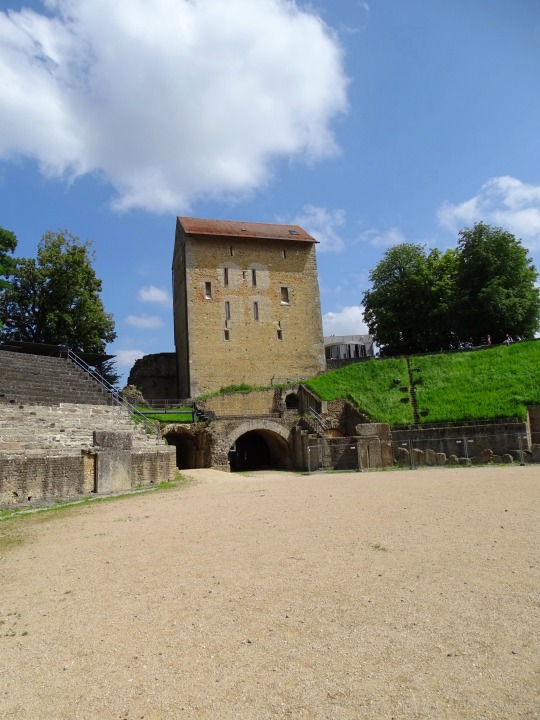



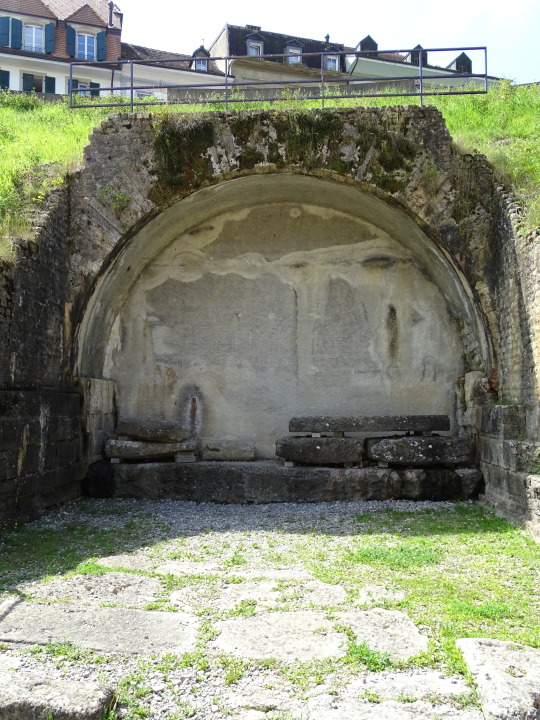





Avenches Amphitheatre (No. 8)
In the arena, animal or gladiator fights take place, reconstructed hunts, under the gaze of the entire people, distributed on the stands according to the social hierarchy. The games are offered by notables, most often “for the salvation of the emperor”. The city authorities parade with effigies of the gods and the fighters during an inaugural procession which opens these festivities, which are at once religious, political and popular.
The amphitheater was probably erected at the beginning of the 2nd century , the earthworks clearing the arena and shaping the embankment which receives the stands, perhaps partly made of wood; only the stairs, the walls of the arena and the coronation, as well as the axial entrances, are made of masonry. In the last third of the same century, the building was enlarged, equipped with stone tiers, a perimeter facade with niches and a monumental portal in large blocks to the east.
Source
#Avenches Amphitheatre#Avenches Roman Amphitheatre#Arènes d'Avenches#L’évêque Tower#tower of the bishop#Suisse#Schweiz#Switzerland#Vaud#Waadt#summer 2021#travel#original photography#vacation#tourist attraction#landmark#architecture#Broye-Vully#viillage#French part#landscape#countryside#Europe#flora#tree#stairs#arch#flower#Aventicum#Swiss history
7 notes
·
View notes
Photo



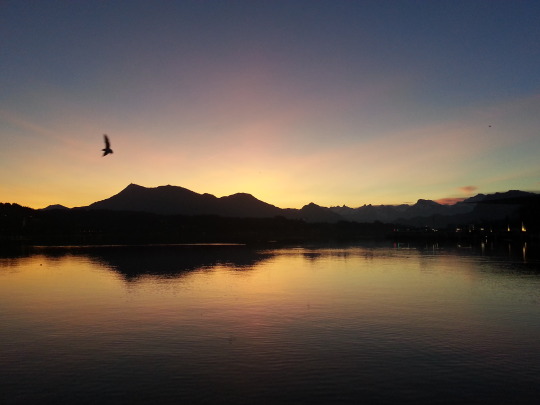




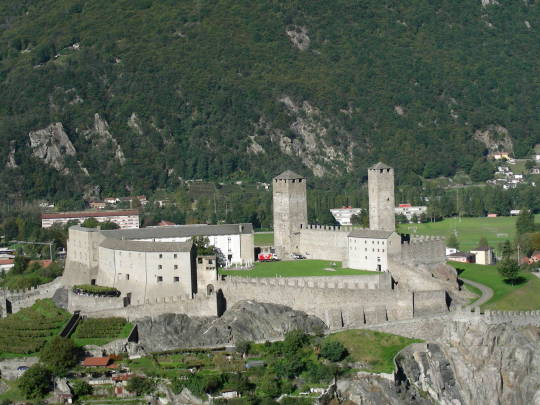
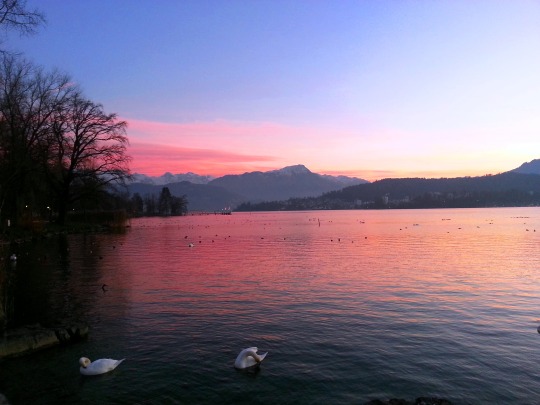
The Old Swiss Confederacy was formed with the signature of the Federal Charter on August 1, 1291.
Swiss National Day
Swiss National Day, celebrated on August 1, is the country’s national holiday. Although the Swiss Confederacy was founded on this date in 1891 and has been celebrated annually since 1899, it has only been an official holiday since 1994. Switzerland is a mountainous Central European country boasting several surreal lakes, villages, and the majestic Alps peaks. Its cities have medieval quarters and landmarks, such as the Zytglogge clock tower in Bern and the wooden chapel bridge in Lucerne. Furthermore, the country is renowned for its excellent ski resorts and adventurous hiking trails. Banking is an important industry, and Swiss watches and chocolate are well known around the globe.
History of Switzerland National Day
Every year on August 1, there are bonfires, paper lantern parades, fireworks, and Swiss flags swaying in the breeze. Swiss National Day was first established in 1891, yet it took more than a century for the hardworking Swiss to decide to hold a vote and give themselves the day off.
Switzerland is a mountainous landlocked country in South-Central Europe bordered by Austria, France, Germany, Italy, and Liechtenstein. With a geographic area of 41,285 square kilometers, the country is slightly smaller than the Netherlands and nearly twice the size of New Jersey in the United States.
Switzerland has fewer than 8.7 million people; the capital city is Bern, and the largest city is Zürich. German, French, Italian, and Rumantsch are the languages spoken in the country’s several regions, called cantons. According to the World Happiness Report 2021, the Swiss Confederation is the third-happiest nation on the planet, trailing only Finland and Denmark.
Geographically, the country is divided into three primary regions: the Swiss Alps in the south, the Alps in the north, and the Alps in the east. The Alps fade into the Swiss Plateau, which has a panorama of rolling hills, plains, and huge lakes. The Jura, a sub-alpine mountain range, lies to the northwest along the French/Swiss border.
Almost the entire country is a vacation destination. Switzerland features exquisite scenery with snow-capped mountains and ice-cold mountain lakes, melting glaciers, and mountain pastures that are ideal for downhill skiing in the winter. The relatively small country has four official languages as well as the world’s longest policy of military neutrality. The weather provides four distinct seasons that dramatically alter the scenery.
Switzerland National Day timeline
1648 Swiss Independence from Roman Rule
The Swiss gain independence from the rule of the Holy Roman Empire.
1848 Constitutional Amendments
Switzerland is established as a federal state under a new constitution.
1971 Women Can Vote
With 66% of the vote, a referendum guaranteeing women the right to vote in federal elections is approved.
2002 U.N. Membership
Switzerland becomes a member of the United Nations, an intergovernmental organization dedicated to world peace and economic growth.
Switzerland National Day FAQs
Is English spoken in Switzerland?
English is the most widely spoken non-national language in Switzerland, with over 45% of the population frequently speaking it.
What is Switzerland well known for?
When we think of Switzerland, we immediately think of ski resorts, lakes, chocolate, and cheese. The Alps mountains provide the ideal backdrop for Swiss people to raise cattle and create cheese and chocolate. They also make excellent ski trails and winter resorts.
What is the reason behind Switzerland's lack of capital?
Switzerland, unlike many other countries, did not have a genuine capital for many years. This was because it was a confederation for a long time, an association of separate cantons gathered together in a bigger body but without true cohesiveness.
Switzerland National Day Activities
Organize a family reunion
Participate in prayers and singing
Fly the Swiss flag
Celebrate by organizing large family reunions and barbecues. Communities throughout Switzerland mark the anniversary with bonfires, fireworks, and parades.
Prayer and the singing of the Swiss anthem are part of the official festivities (the Schweizerpsalm). Church bells sound around the country at 8:00 p.m.
No Swiss National Day celebration is complete without the Swiss flag. Wear the red and white with pride!
5 Interesting Facts About Switzerland
The Swiss Wed Late
There are 7,000 lakes in Switzerland
The right to bear arms
Diminutive
The Lowest Obesity Rate in Europe
A U.N. survey lists the average marriage age among Swiss people as 29.5 for females and 31.8 for males.
Switzerland's lakes are excellent for swimming and there are plenty to pick from.
Switzerland boasts one of the highest gun ownership rates among industrialized countries.
Switzerland has a land area of 15,942 square miles and a population of 8.67 million people.
Switzerland is a fantastic place to live a healthy lifestyle.
Why We Love Switzerland National Day
Celebrating Swiss culture
Celebrating the fight for independence
Inspiration for the future
Swiss National Day is a celebration of Swiss achievement and excellence. The observance is a time to reflect on the country’s contribution to the global community.
Throughout the year, different countries all over the world commemorate their independence days to remind various peoples of the struggles they had to endure to obtain freedom. These celebrations also have an educational value for the younger generation.
Often, achieving independence necessitates the sacrifice of thousands of lives. Every year, politicians seek to foster peace by commemorating Independence Day and paying honor to those who have died.
Source
#Avenches Roman Amphitheatre#Bern#Bundeshaus#Luzern#Lucerne#Vierwaldstättersee#Lake Lucerne#Swiss Alps#Bellinzona#Castelgrande#Melchsee Frutt#Old Swiss Confederacy#formed#1 August 1291#anniversary#Swiss history#Swiss national day#original photography#landscape#cityscape#countryside#River Aare#architecture#tourist attraction#Schweiz#Switzerland#Mount Pilatus#Mount Rigi#Stanserhorn#Seebodenalp
6 notes
·
View notes
Photo


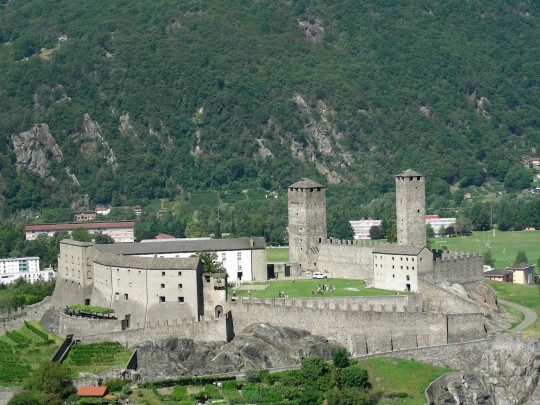
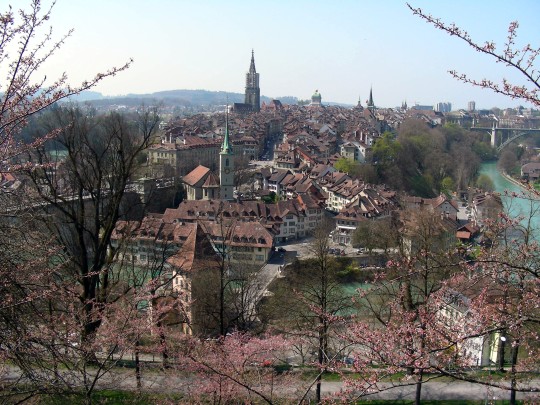






Switzerland became a member of the Council of Europe on May 6, 1963.
#Avenches Roman Amphitheatre#Luzern#Vierwaldstättersee#Lake Lucerne#Swiss Alps#Seebodenalp#Mount Pilatus#Mount Rigi#Stanserhorn#Bern#Bundeshaus#Federal Palace of Switzerland#River Aare#architecture#landscape#cityscape#original photography#Switzerland#Schweiz#Bellinzona#Castelgrande#Klewenalp#tourist attraction#Council of Europe#6 May 1963#60th anniversary#Swiss history
5 notes
·
View notes
Photo
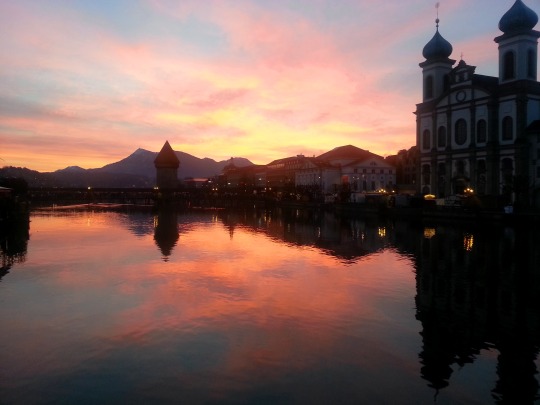
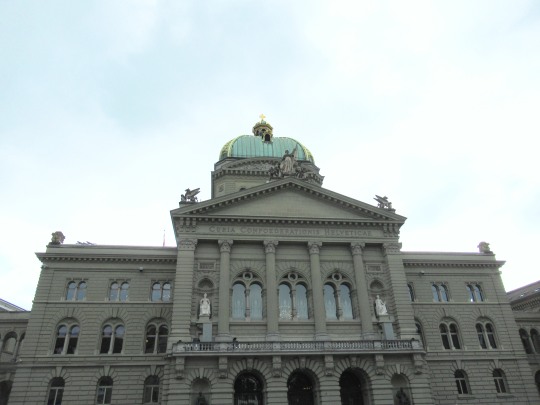

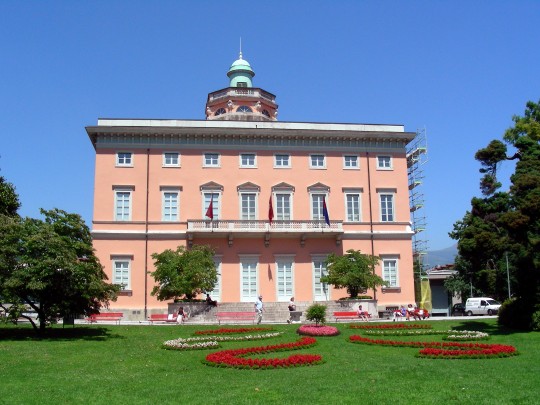

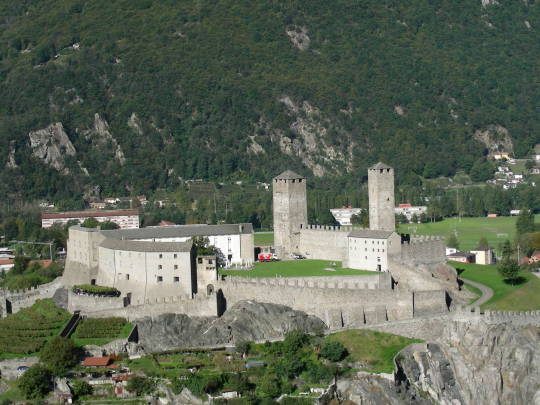



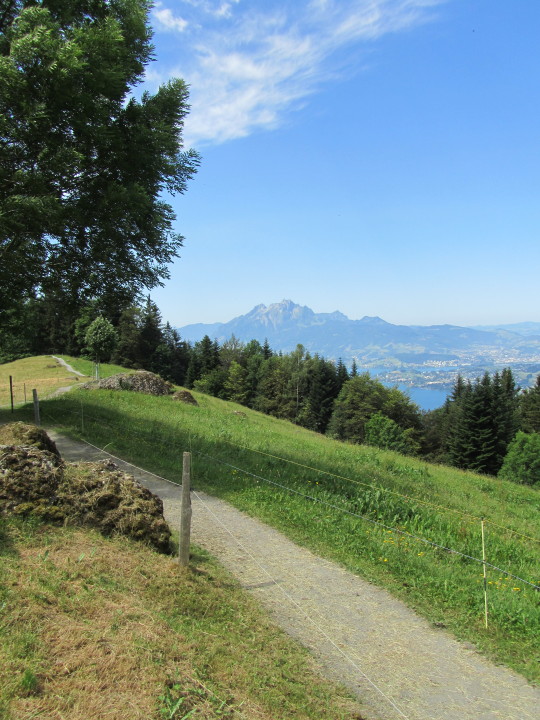
The Old Swiss Confederacy is formed with the signature of the Federal Charter on August 1, 1291.
Swiss National Day
Swiss National Day, celebrated on August 1, is the country’s national holiday. Although the Swiss Confederacy was founded on this date in 1891 and has been celebrated annually since 1899, it has only been an official holiday since 1994.
Switzerland is a mountainous Central European country boasting several surreal lakes, villages, and the majestic Alps peaks. Its cities have medieval quarters and landmarks, such as the Zytglogge clock tower in Bern and the wooden chapel bridge in Lucerne. Furthermore, the country is renowned for its excellent ski resorts and adventurous hiking trails. Banking is an important industry, and Swiss watches and chocolate are well known around the globe.
History of Switzerland National Day
Every year on August 1, there are bonfires, paper lantern parades, fireworks, and Swiss flags swaying in the breeze. Swiss National Day was first established in 1891, yet it took more than a century for the hardworking Swiss to decide to hold a vote and give themselves the day off.
Switzerland is a mountainous landlocked country in South-Central Europe bordered by Austria, France, Germany, Italy, and Liechtenstein. With a geographic area of 41,285 square kilometers, the country is slightly smaller than the Netherlands and nearly twice the size of New Jersey in the United States.
Switzerland has fewer than 8.7 million people; the capital city is Bern, and the largest city is Zürich. German, French, Italian, and Rumantsch are the languages spoken in the country’s several regions, called cantons. According to the World Happiness Report 2021, the Swiss Confederation is the third-happiest nation on the planet, trailing only Finland and Denmark.
Geographically, the country is divided into three primary regions: the Swiss Alps in the south, the Alps in the north, and the Alps in the east. The Alps fade into the Swiss Plateau, which has a panorama of rolling hills, plains, and huge lakes. The Jura, a sub-alpine mountain range, lies to the northwest along the French/Swiss border.
Almost the entire country is a vacation destination. Switzerland features exquisite scenery with snow-capped mountains and ice-cold mountain lakes, melting glaciers, and mountain pastures that are ideal for downhill skiing in the winter. The relatively small country has four official languages as well as the world’s longest policy of military neutrality. The weather provides four distinct seasons that dramatically alter the scenery.
Switzerland National Day timeline
1648 Swiss Independence from Roman Rule
The Swiss gain independence from the rule of the Holy Roman Empire.
1848 Constitutional Amendments
Switzerland is established as a federal state under a new constitution.
1971 Women Can Vote
With 66% of the vote, a referendum guaranteeing women the right to vote in federal elections is approved.
2002 U.N. Membership
Switzerland becomes a member of the United Nations, an intergovernmental organization dedicated to world peace and economic growth.
Switzerland National Day FAQs
Is English spoken in Switzerland?
English is the most widely spoken non-national language in Switzerland, with over 45% of the population frequently speaking it.
What is Switzerland well known for?
When we think of Switzerland, we immediately think of ski resorts, lakes, chocolate, and cheese. The Alps mountains provide the ideal backdrop for Swiss people to raise cattle and create cheese and chocolate. They also make excellent ski trails and winter resorts.
What is the reason behind Switzerland's lack of capital?
Switzerland, unlike many other countries, did not have a genuine capital for many years. This was because it was a confederation for a long time, an association of separate cantons gathered together in a bigger body but without true cohesiveness.
Switzerland National Day Activities
Organize a family reunion
Participate in prayers and singing
Fly the Swiss flag
Celebrate by organizing large family reunions and barbecues. Communities throughout Switzerland mark the anniversary with bonfires, fireworks, and parades.
Prayer and the singing of the Swiss anthem are part of the official festivities (the Schweizerpsalm). Church bells sound around the country at 8:00 p.m.
No Swiss National Day celebration is complete without the Swiss flag. Wear the red and white with pride!
5 Interesting Facts About Switzerland
The Swiss Wed Late
There are 7,000 lakes in Switzerland
The right to bear arms
Diminutive
The Lowest Obesity Rate in Europe
A U.N. survey lists the average marriage age among Swiss people as 29.5 for females and 31.8 for males.
Switzerland's lakes are excellent for swimming and there are plenty to pick from.
Switzerland boasts one of the highest gun ownership rates among industrialized countries.
Switzerland has a land area of 15,942 square miles and a population of 8.67 million people.
Switzerland is a fantastic place to live a healthy lifestyle.
Why We Love Switzerland National Day
Celebrating Swiss culture
Celebrating the fight for independence
Inspiration for the future
Swiss National Day is a celebration of Swiss achievement and excellence. The observance is a time to reflect on the country’s contribution to the global community.
Throughout the year, different countries all over the world commemorate their independence days to remind various peoples of the struggles they had to endure to obtain freedom. These celebrations also have an educational value for the younger generation.
Often, achieving independence necessitates the sacrifice of thousands of lives. Every year, politicians seek to foster peace by commemorating Independence Day and paying honor to those who have died.
Source
#Luzern#Lucerne#River Reuss#Kapellbrücke#Jesuitenkirche St. Franz Xaver#Stanserhorn#Swiss Alps#Bundeshaus#Mount RIgi#Bern#Schweiz#Switzerland#Avenches Roman Amphitheatre#Federal Palace of Switzerland#Seebodenalp#Mount Pilatus#River Aare#Castelgrande#Bellinzona#Ticino#Villa Ciani#Lugano#Old Swiss Confederacy#signature#Federal Charter#Bundesbrief#1 August 1291#Swiss history#landscape#Swiss National Day
14 notes
·
View notes
Text


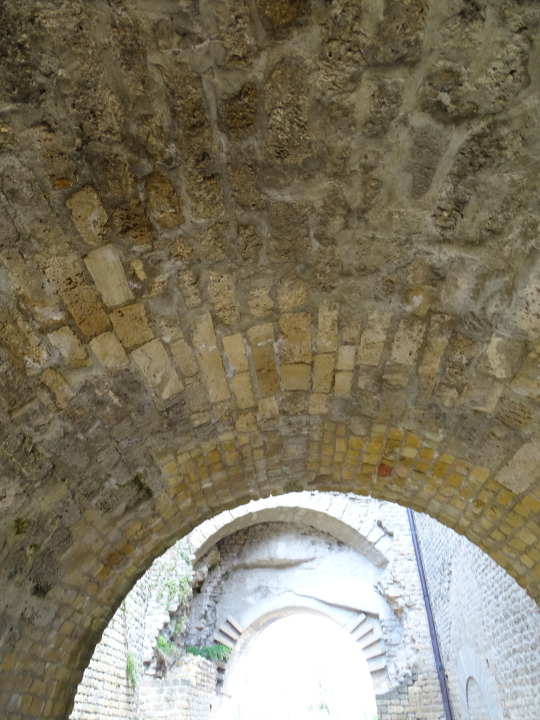
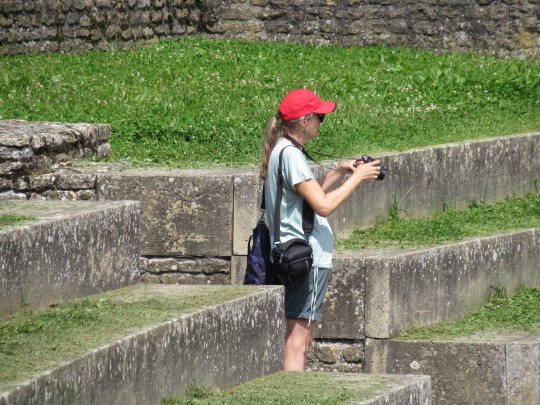
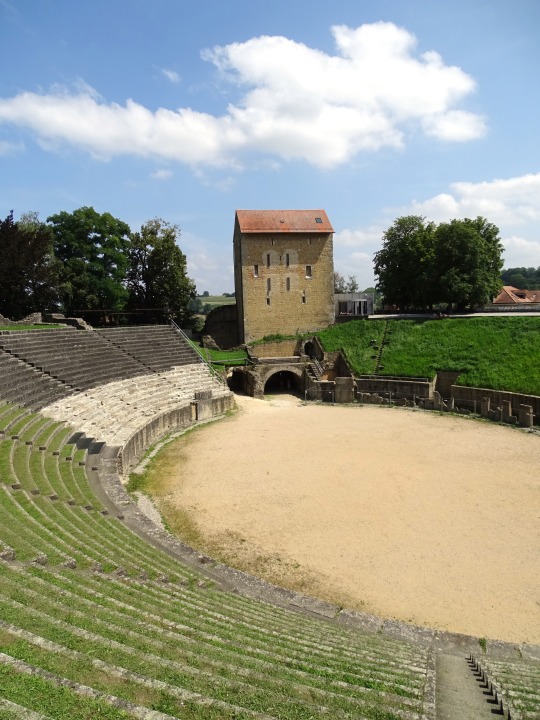

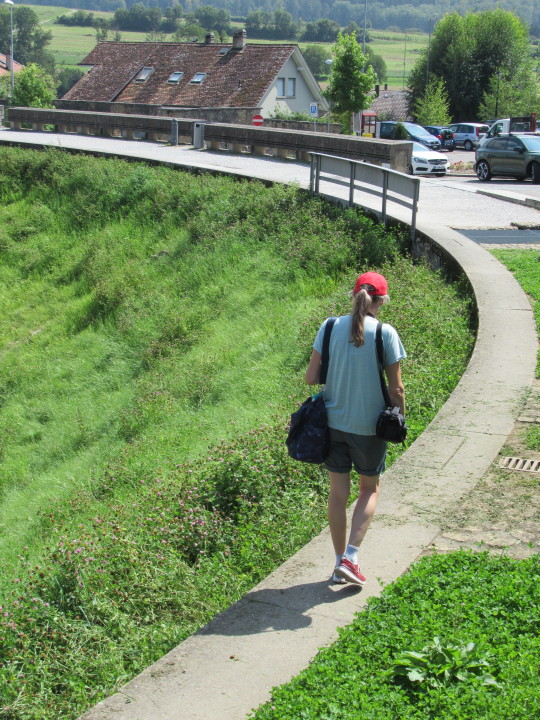

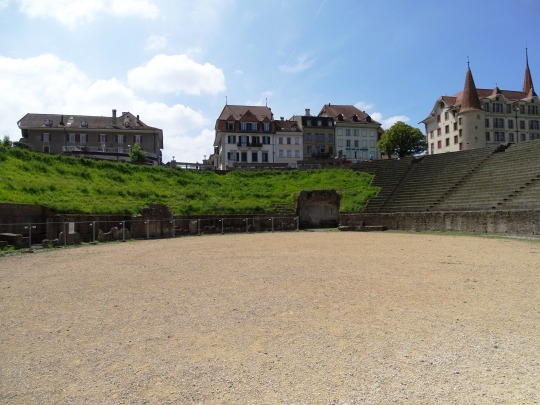


Avenches Amphitheatre (No. 10)
Avenches (Aventicum) was the largest city on Swiss soil from the 1st to the 3rd century. The Roman amphitheater of Avenches was built in the 2nd century. Staircases, walls and main entrances are made of masonry, the spectator stands were originally made of wood. In the 4th century the amphitheater was abandoned and used as a quarry for other buildings. The Roman Museum is now located in the fortified tower that was built later. The amphitheater was buried until 1940 and was only then excavated again. Today it is used for many cultural events.
Over time, cracks and cavities have formed under the stairs and seating blocks as well as in the walls, making stabilization absolutely necessary. The aim of the injection work was to fill the cavities and increase the load-bearing capacity of the soil.
To prevent the resin from leaking out during the injections, the joints in the masonry/stone blocks were previously filled with cement and the masonry/stone blocks were moistened during the injections to prevent the resin from sticking to the masonry/stone blocks . The work was carried out successfully.
Source
#Avenches Amphitheatre#Avenches Roman Amphitheatre#Arènes d'Avenches#L’évêque Tower#tower of the bishop#Suisse#Schweiz#Switzerland#Vaud#Waadt#summer 2021#travel#original photography#vacation#tourist attraction#landmark#architecture#Broye-Vully#viillage#French part#landscape#countryside#Europe#flora#tree#stairs#arch#flower#Aventicum#Swiss history
1 note
·
View note
Text
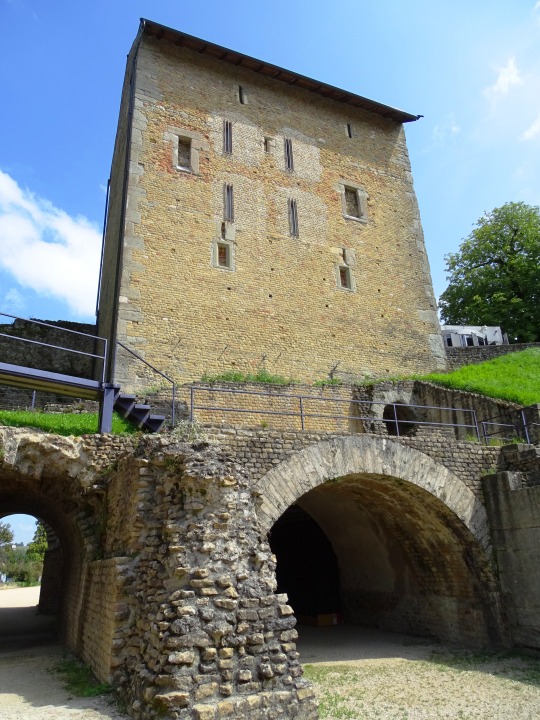
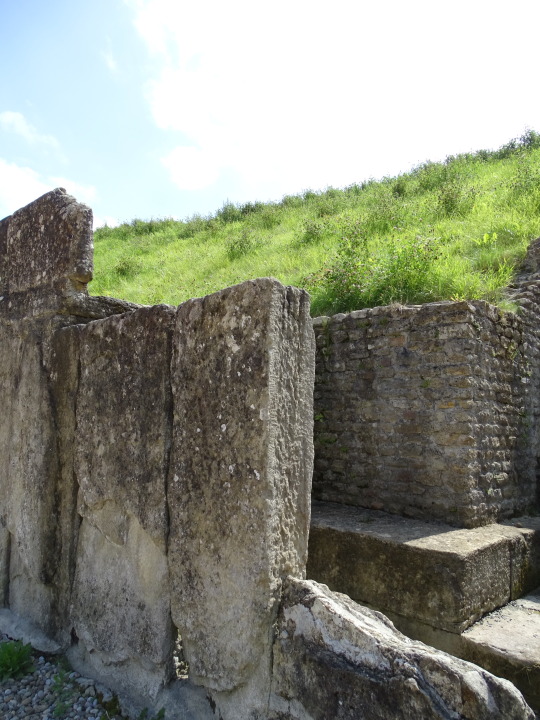



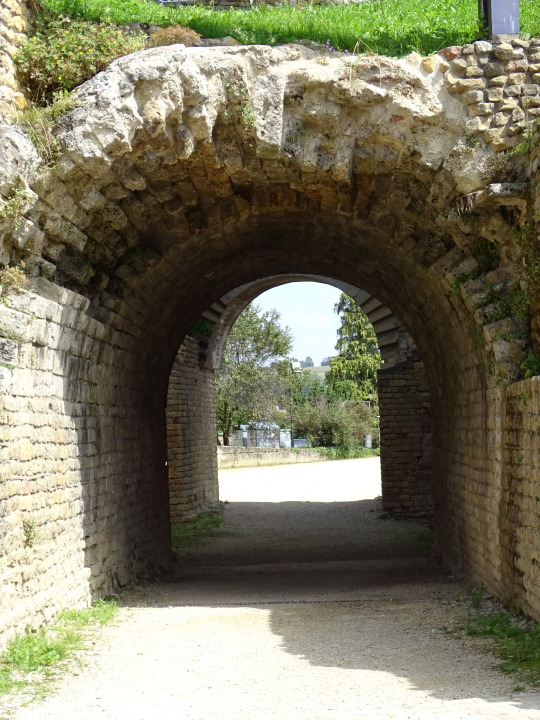
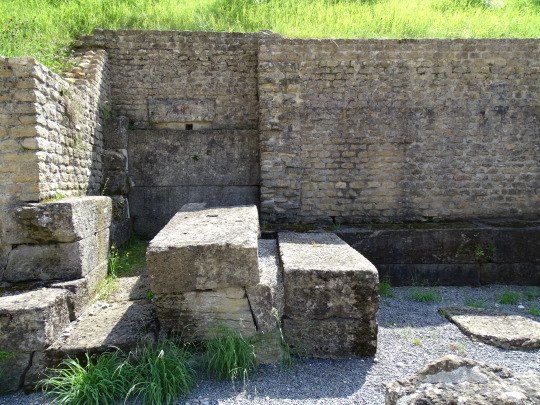



Avenches Amphitheatre (No. 9)
Avenches, then known as Aventicum, was the capital of Helvetia (present-day Switzerland) during most of the Roman era. The town has some Roman ruins that are worth seeing but the main attractions are the Roman amphitheater and the adjacent Musée Romain. The top exhibit is a valuable golden bust of Emperor Marcus Aurelius.
Modern-day Avenches is probably best known for its amphitheater that is frequently used for major opera and rock festivals as well as other events. (The Roman amphitheater in Martigny in the Valais is similarly still in modern-day use for entertainment purposes.)
The amphitheater in Avenches is well preserved and restored and a popular venue for spectacular open-air concerts. These range from an opera festival (July) to rock concerts.
The amphitheater is freely accessible when no performance takes place.
Source
#Avenches Amphitheatre#Avenches Roman Amphitheatre#Arènes d'Avenches#L’évêque Tower#tower of the bishop#Suisse#Schweiz#Switzerland#Vaud#Waadt#summer 2021#travel#original photography#vacation#tourist attraction#landmark#architecture#Broye-Vully#viillage#French part#landscape#countryside#Europe#flora#tree#stairs#arch#flower#Aventicum#Swiss history
0 notes
Text



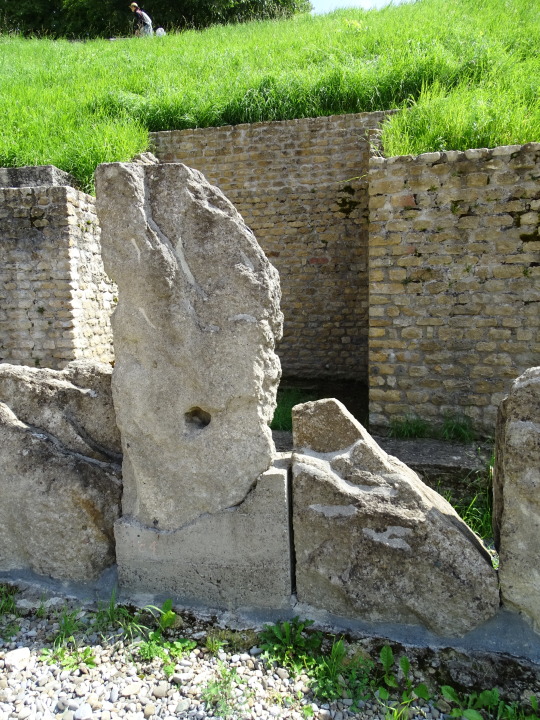



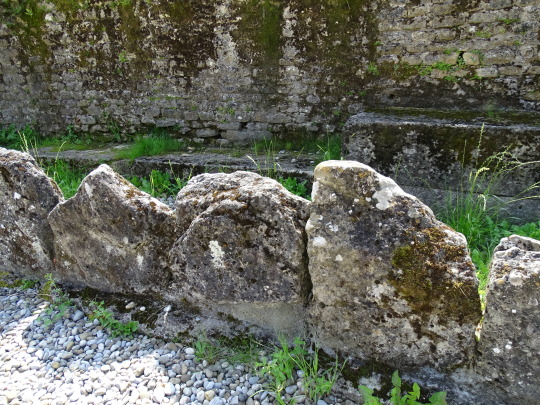

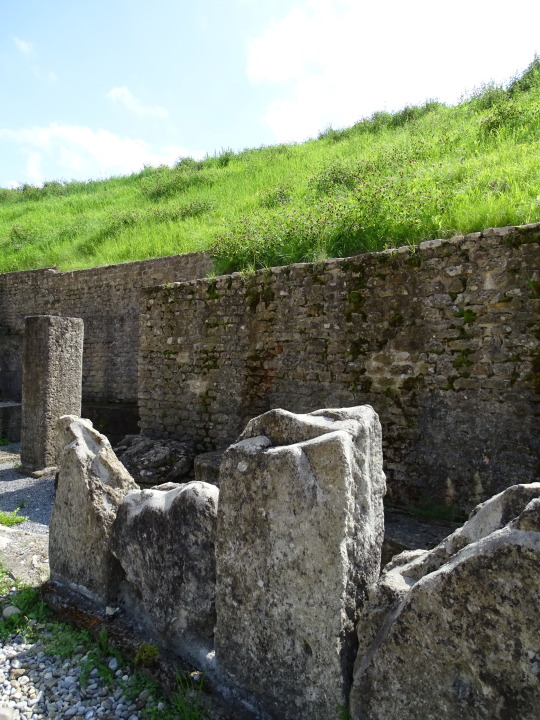
Avenches Amphitheatre (No. 9)
State 1: overall without forecourt: 98.85 x 85.94 m, arena 51.63 x 38.40 m; Capacity: around 9,000 seats spread over 24 bleachers.
Condition 2: overall without forecourt or east gate: 105.01 x 92.11 m; Capacity: around 14,000 seats spread over 36 bleachers.
State 1: small apparatus of yellow limestone rubble; Thresholds, service corridor and podium cladding in shell stoneware.
State 2: small rubble stones of yellow limestone, covered with a plaster decorated with a false apparatus painted red for the committed order of the perimeter wall with niches; tiers and eastern portal in large shell sandstone, columns, bases and capitals in white Urgonian limestone.
Source
#Avenches Amphitheatre#Avenches Roman Amphitheatre#Arènes d'Avenches#L’évêque Tower#tower of the bishop#Suisse#Schweiz#Switzerland#Vaud#Waadt#summer 2021#travel#original photography#vacation#tourist attraction#landmark#architecture#Broye-Vully#viillage#French part#landscape#countryside#Europe#flora#tree#stairs#arch#flower#Aventicum#Swiss history
0 notes
Text

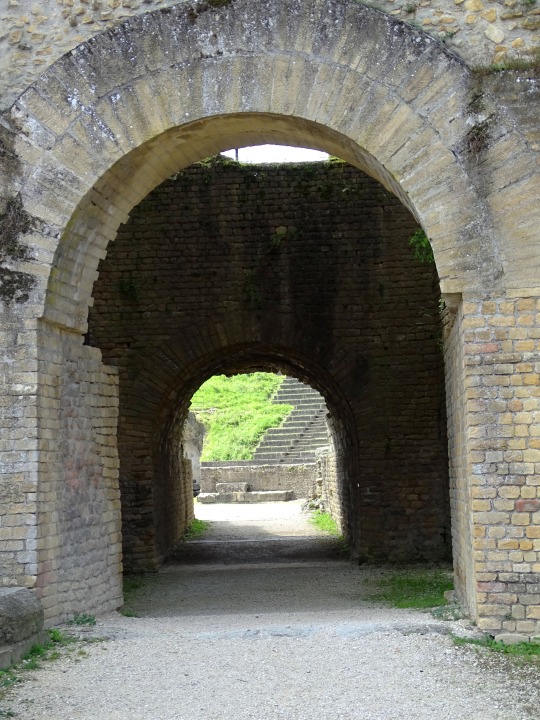
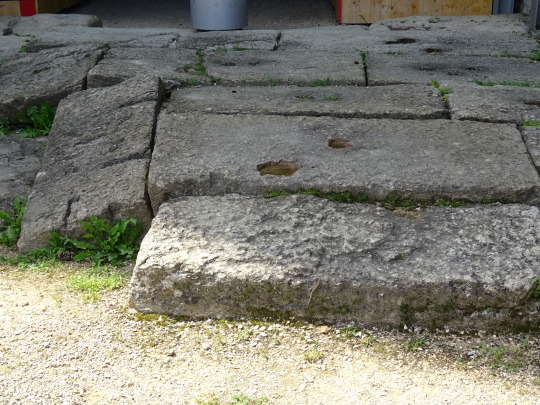






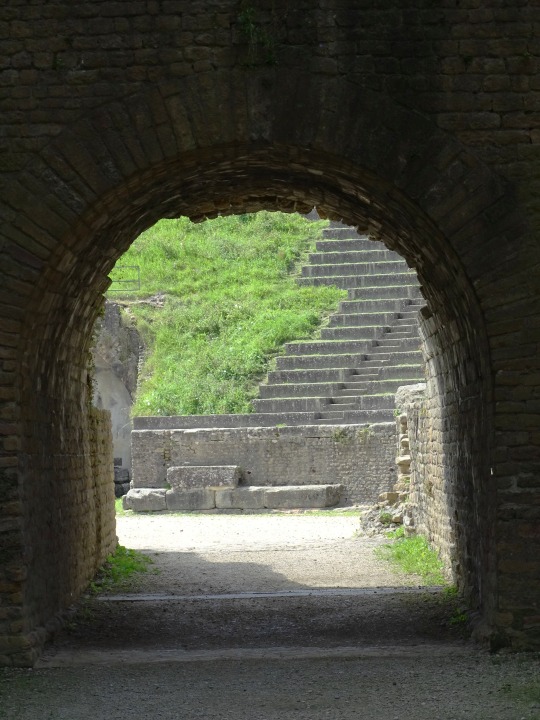
Avenches Amphitheatre (No. 7)
One of the most intriguing sites to visit in Avenches is the Roman amphitheater. It was built during the 2nd century AD in two stages with 31 rows that could accommodate up to 16,000 spectators. From this, we can surmise that Aventicum was once a fairly large city.
After the invasion of Germanic tribes known as the Alemanni during the 3rd century, the amphitheater was abandoned. Its stones were hauled away and used in other constructions. What you’ll see today is mostly a reconstruction.
The arena where the spectacles took place is oval-shaped. Most of the spectacles involved death and included executions, gladiators, and animals on staged hunts. Artistic performances were held at the nearby Roman theater.
These days, the amphitheater is used for operas, festivals, and military performances. No entrance fee is charged to visit the site and you’re allowed to go down to the arena.
Source
#Avenches Amphitheatre#Avenches Roman Amphitheatre#Arènes d'Avenches#L’évêque Tower#tower of the bishop#Suisse#Schweiz#Switzerland#Vaud#Waadt#summer 2021#travel#original photography#vacation#tourist attraction#landmark#architecture#Broye-Vully#viillage#French part#landscape#countryside#Europe#flora#tree#stairs#arch#flower#Aventicum#Swiss history
1 note
·
View note
Text








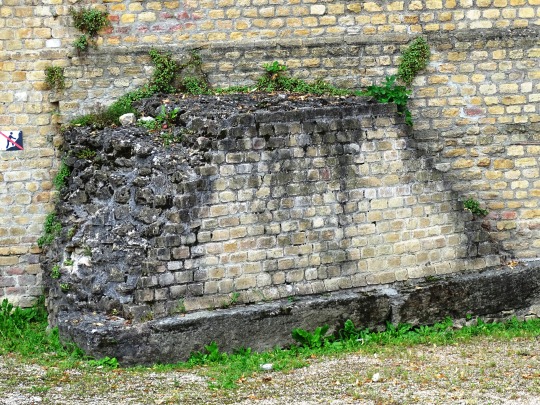
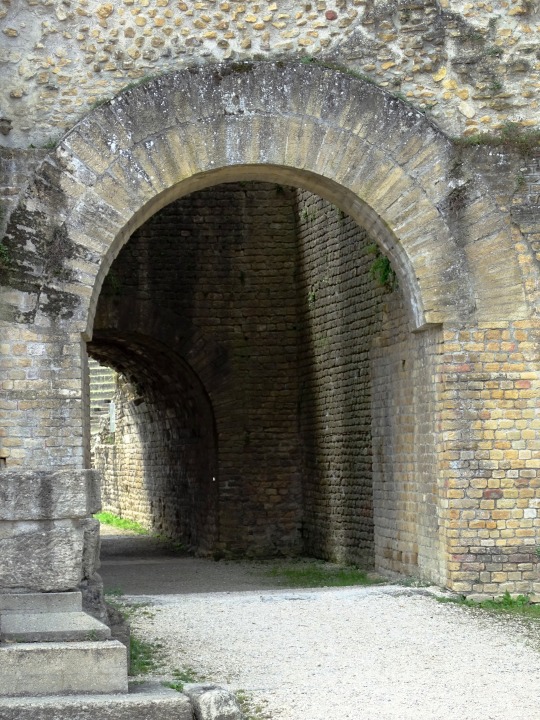
Avenches Amphitheatre (No. 6)
Near Lake Morat, Avenches retains the vestiges of its glorious past as the capital of Roman Helvetica. The most impressive testament to its history is undoubtedly the roman amphitheatre. Magnificently preserved, this historic setting with its splendid acoustics is the ideal venue for music festivals.
The Avenches amphitheatre dates from the early 2nd century A.D., its stairs, walls and axial entrances being made of stone and the seating tiers wood. Ceased to be used in the 4th century, the amphitheatre served as a stone quarry. In the 11th century, the bishop of Lausanne had a fortified tower built on its eastern entrance: the current Roman Museum. The baths of the forum, the theatre and the Tornallaz –the only remaining tower of the roman enclosure of 73 towers – are visible, but most of Aventicum is now buried.
In this exceptional setting, summer nights come alive to the tune of a series of musical events. In August, Rock Oz’Arènes, the smallest of the big festivals, has an enthusiastic following thanks to its eclectic programme and the participation of international stars. In September, Avenches Tattoo, an international military music festival, explodes in a harmony of sounds and colours.
Source
#Avenches Amphitheatre#Avenches Roman Amphitheatre#Arènes d'Avenches#L’évêque Tower#tower of the bishop#Suisse#Schweiz#Switzerland#Vaud#Waadt#summer 2021#travel#original photography#vacation#tourist attraction#landmark#architecture#Broye-Vully#viillage#French part#landscape#countryside#Europe#flora#tree#stairs#arch#flower#Aventicum#Swiss history
0 notes
Text
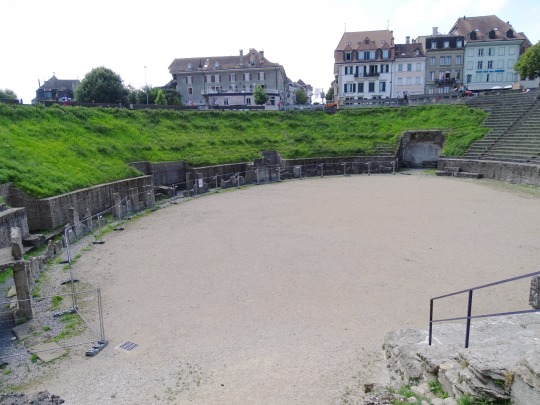

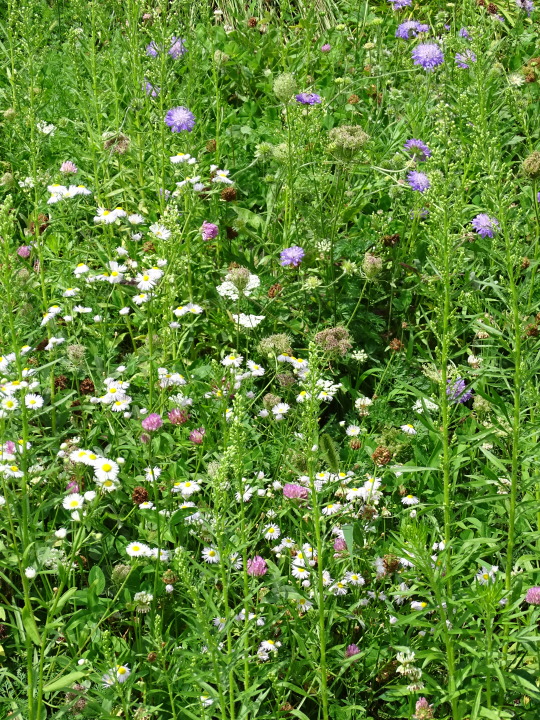


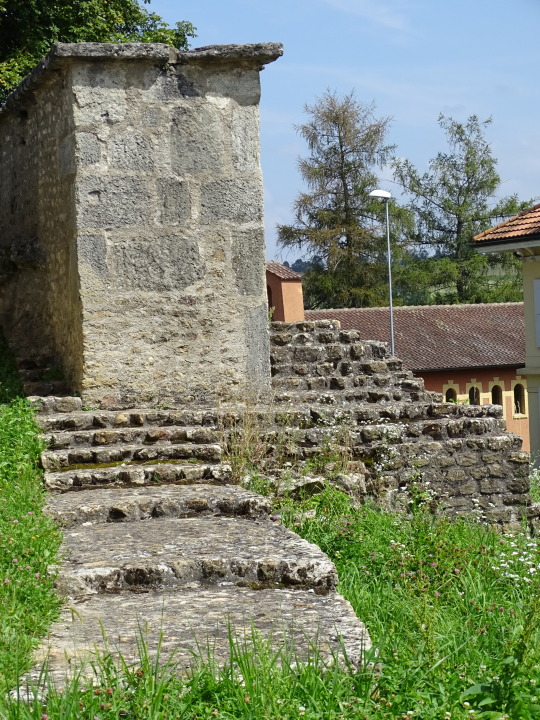

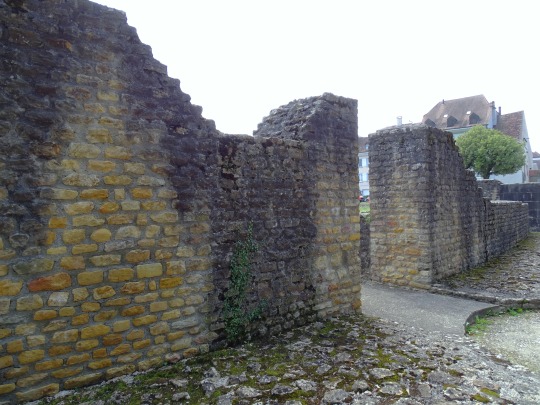


Avenches Amphitheatre (No. 5)
The amphitheater was perhaps fortified in the Late Roman Empire but there is nothing to prove it - the theater, for its part, was undoubtedly transformed into a fortress. It was used as a quarry from the 6th century for the production of lime from its limestone stones, and it was the basis of certain constructions from the Middle Ages: in the 11th century , on the initiative of the bishop of Lausanne, a tower is built astride the eastern part of its cavea, above the monumental door; this tower is called the “Bishop’s Tower”.
In 1751, the construction of a road destroyed part of its front wall. In 1870, the amphitheater was only mentioned in the form of a “large elliptical concavity around which some remains of the walls can be seen”.
The development of the amphitheater began in 1906 5 . A third of the elevation of the monument has disappeared. In the early 1990s, restoration work on the monument was completed. In modern times, the medieval tower built on the amphitheater houses the Roman museum of Avenches.
The site is used for numerous events including, in particular, the Avenches Opéra Festival taking place in July, as well as two annual summer festivals called Rock Oz'Arènes in August and Avenches Tattoo in September. The amphitheater is listed as a Swiss cultural property of national importance .
Source: Wikipedia
#Avenches Amphitheatre#Avenches Roman Amphitheatre#Arènes d'Avenches#L’évêque Tower#tower of the bishop#Suisse#Schweiz#Switzerland#Vaud#Waadt#summer 2021#travel#original photography#vacation#tourist attraction#landmark#architecture#Broye-Vully#viillage#French part#landscape#countryside#Europe#flora#tree#stairs#arch#wildflower#Aventicum#Swiss history
0 notes
Text



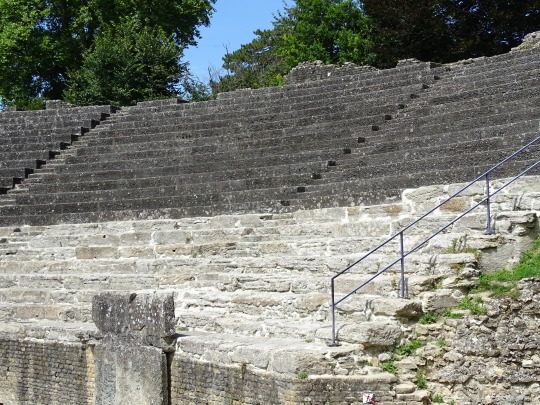
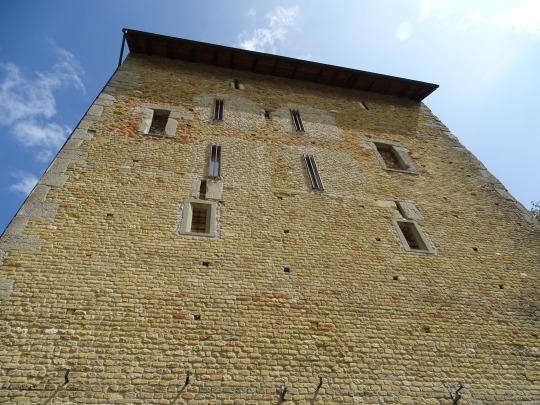


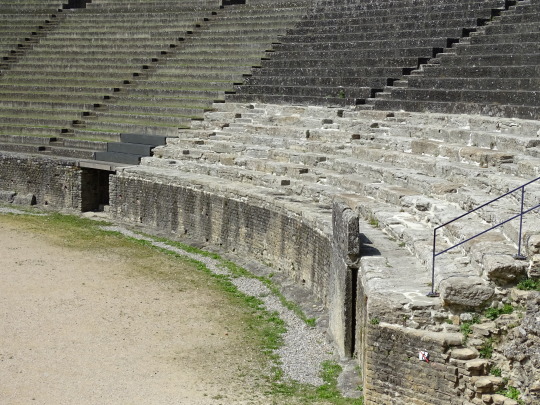
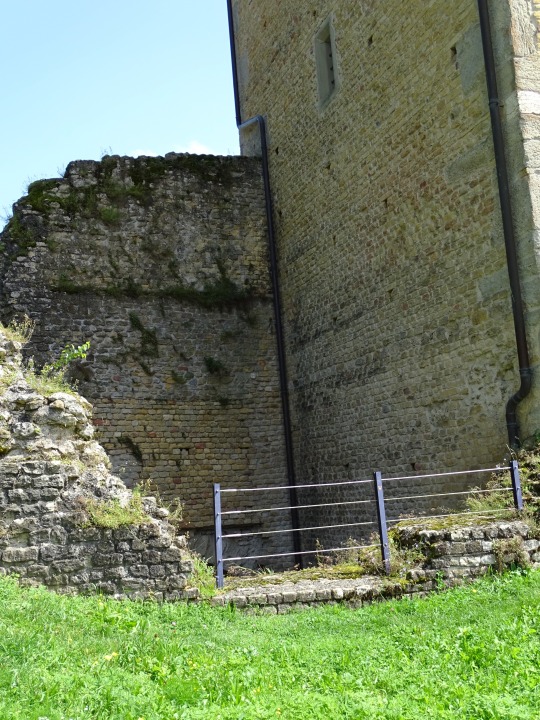
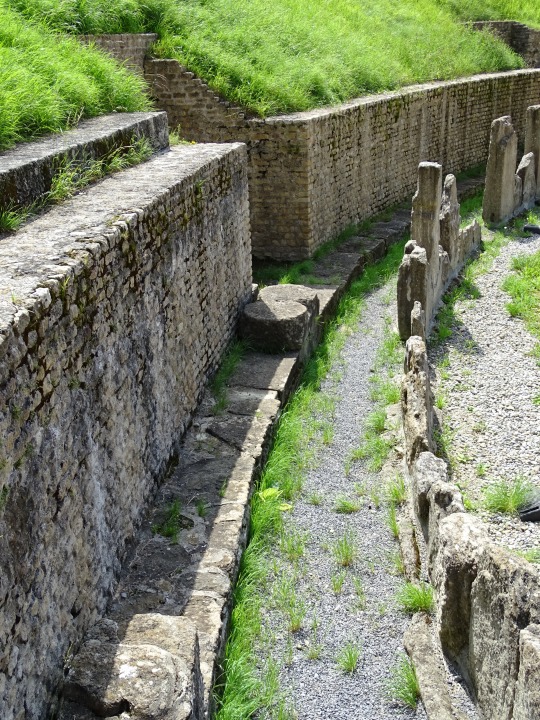
Avenches Amphitheatre (No. 4)
The cavea of the amphitheater was enlarged under the reign of Marcus Aurelius and Lucius Verus , around the year 165, its arena not being modified. It is covered with plaster decorated with false apparatus, its capacity reaches 16,000 seats 2 thanks to 12 additional tiers, and its long axis then measures 105 meters. The cavea , whose slope is more pronounced, is accessible by eighteen vomitories and stairs.
This phase of expansion is also characterized by the desire to monumentalize the amphitheater to give it the appearance of a monument with a hollow structure, the facade of which is composed of large blocks . The new facade has arcades and columns and the entrance overlooking the forecourt, treated like a triumphal arch, is topped with a pediment. The choice of colors of the materials, gray rocks (sandstone), creamy white (limestone) depending on the uses, contrasting with the small yellow limestone device of the first state, contributes to the aesthetic. This phase of expansion but above all of embellishment comes at a time when amphitheaters are becoming the architectural expression of the power of the capitals of cities.
Source: Wikipedia
#Avenches Amphitheatre#Avenches Roman Amphitheatre#Arènes d'Avenches#L’évêque Tower#tower of the bishop#Suisse#Schweiz#Switzerland#Vaud#Waadt#summer 2021#travel#original photography#vacation#tourist attraction#landmark#architecture#Broye-Vully#viillage#French part#landscape#countryside#Europe#flora#tree#stairs#arch#flower#Aventicum#Swiss history
0 notes